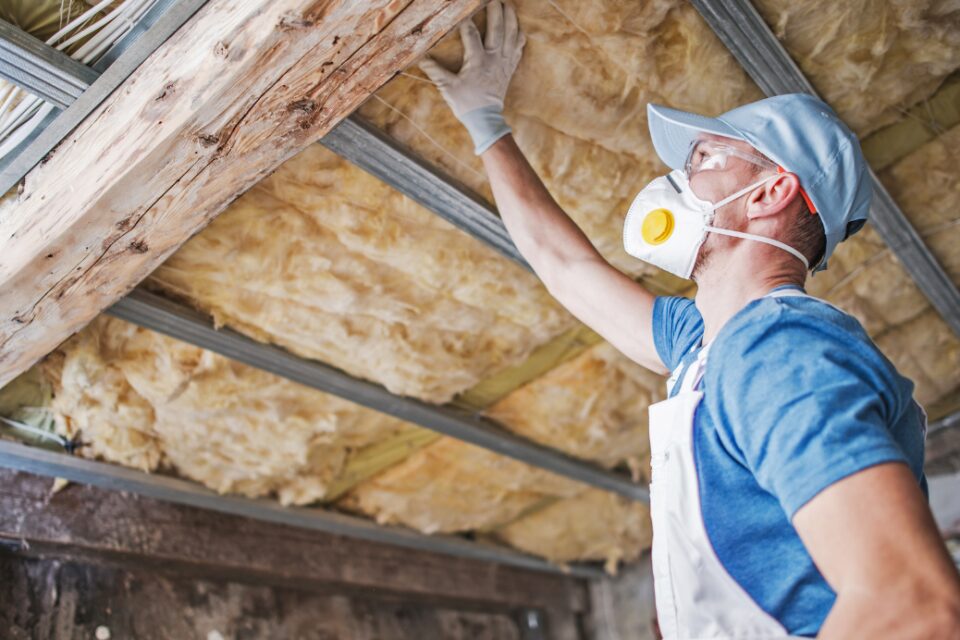I am not an expert in this field, but have taken valuable advice from experts to implement green renewable sources in my lifestyle. My intent is to share what I have learnt from my experience and my journey towards green, renewable energy.
Elements like electricity production via solar panels, water heating panels and electric cars are considered as tools that help us achieve our goals. It depends on each element to achieve a complete transition towards reducing our carbon footprint.
The thought is all about our progression towards a very digital and gadget, IOT (Internet of Things) governed lifestyle that takes us towards a very energy hungry lifestyle. This calls for higher consumption and can potentially be dampened if we all move towards renewable energy without rocking the energy boat.
I am not claiming that we have reached the stage where we can live without the electricity grid but we can all bring it to a more sustainable state by removing the need to deploy additional new electricity production plants.
There is a lot of information on the web about each and every available product in terms of how efficient they are in doing what they do. The scope of this discussion is not to define which is better, as it very much depends on your location, environment and home condition – like how insulated it is and what system is best suitable (geothermal or air source heat pump (ASHP)).
Let’s think and focus on ASHPs – the majority of you will find ASHPs to be easier to adapt into your transformation towards a cheaper and renewable heat source system by asking simple questions.
There can be many factors to consider, though it’s not as complicated as many of us think. Let’s focus on the main factors that can give you a jump start:
- Insulation: no matter how efficient the heat source is, at the end of the day it matters how well your house can retain the heat, so it is our first item to consider. When talking with the installer or contractor, your first question should be what is the insulation “R” value of the house. Usually it’s the “R” value that determines the overall rating. Higher is better. The house energy efficiency (A, A+ or A++) depends on the “R” value of the insulation. If your house is lower than “B” then it’s a better idea to spend your resources in improving the efficiency of the house first.
- Heating system: if you already have a gas boiler, then try to match the kW/BTU value with equivalent kW/BTU capacity of the heat pump. It’s also important to know the size of radiators. The main reason for this is that the size of the radiators were designed for higher water flow temperatures. For example, a heat pump can be happy at 45C versus a gas boiler at 65C. So installers usually recommend increasing the size of the radiators by ±30%. If you have underfloor heating then it can be excluded in the calculation because floor heating is designed to work at lower temperatures anyway.
- Target heating temperature: the whole design depends on your desired indoor target temperature. If your preferred heating temperature is around 19C, then you can usually skip increasing your radiator size, but if your preference is above 19C then you may require adding more radiators without stressing the heat pump during those extremely cold days. If you have a wood burning stove, then using the fire in addition to heating for those cold days will also be fine.
- Location: The location of the ASHP is also important. Keep in mind it can be noisy (usually around 65db) and it can be a nuisance if it’s next to your bedroom window. It also needs a good flow of air to capture heat, so air circulation is very important. If you can put it in a place where it can get direct sunlight then it’s even better. Water drainage is the third thing to consider. During the heating process, it gets frosty and that frost melts at regular intervals so drainage is vital.
- Alternate heat source: Moving from a redundant power source (electricity and gas) an ASHP will be a single energy source. You may need to plan ahead and know what redundancy you will have in case of electricity supply disruptions. Your ASHP may also need servicing so to avoid cold spells try and schedule this in the summer.

